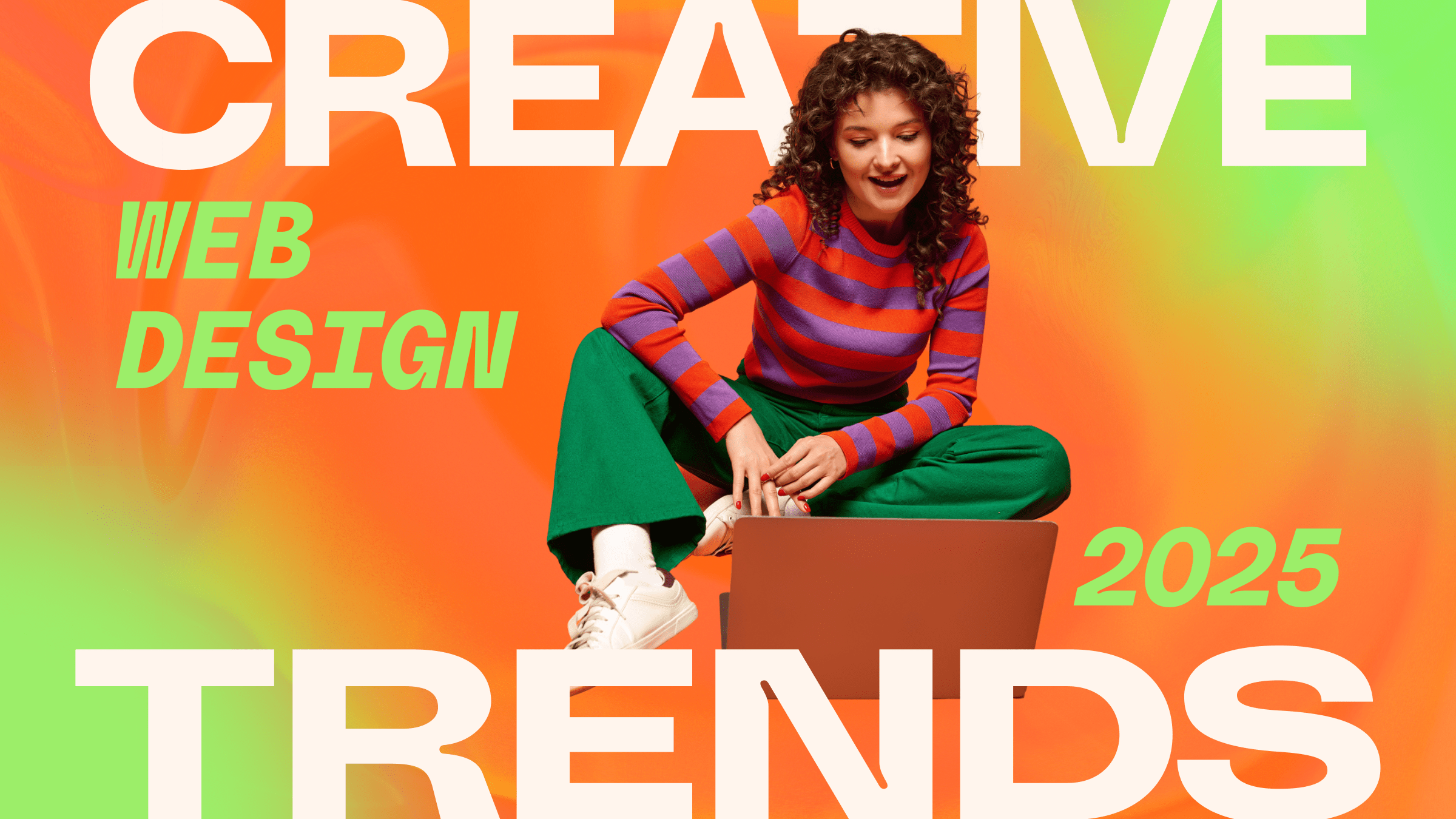
10 Web Design Trends That Will Dominate in 2025
Title: 10 Web Design Trends That Will Dominate in 2025
Introduction:
In the fast-paced world of web design, staying ahead of trends is crucial to creating visually appealing and user-friendly websites. As we look ahead to 2025, it’s essential to anticipate the emerging web design trends that will dominate the digital landscape. From innovative technologies to user-centric designs, here are 10 web design trends that are expected to shape the future of online experiences.
- Augmented Reality (AR) Integration:
- Dark Mode Design:
- 3D Visuals and Graphics:
- Voice User Interface (VUI):
- Minimalist Design and Micro-Interactions:
- Sustainability and Eco-Friendly Design:
- Personalized User Experiences:
- Dynamic Scroll Animations:
- Mobile-First Design and Progressive Web Apps (PWAs):
- Accessibility and Inclusive Design:
Augmented Reality is set to revolutionize web design by offering immersive and interactive experiences to users. In 2025, we can expect to see more websites incorporating AR elements, such as virtual try-on features for e-commerce sites or interactive product showcases. AR integration will not only enhance user engagement but also provide a unique and memorable browsing experience.
Dark mode has gained popularity in recent years due to its sleek and modern aesthetic. In 2025, we anticipate that more websites will adopt dark mode design to reduce eye strain, conserve battery life, and create a visually striking contrast. Dark mode is not only trendy but also offers a sophisticated look that appeals to users across various industries.
The use of 3D visuals and graphics in web design adds depth, realism, and interactivity to websites. In 2025, we can expect to see an increase in 3D elements, such as animations, illustrations, and product renderings. 3D visuals enhance storytelling, captivate audiences, and create a visually engaging experience that sets websites apart from competitors.
Voice User Interface technology is rapidly advancing, providing users with hands-free interaction and convenience. In 2025, websites will integrate VUI to offer voice search, navigation, and commands. By optimizing websites for voice search, businesses can improve accessibility, engagement, and user experience for a wider audience.
Minimalist design focuses on simplicity, clarity, and functionality, creating a clean and intuitive user interface. In 2025, we expect to see more websites embracing minimalist design principles to enhance usability and reduce clutter. Additionally, micro-interactions, such as hover effects, animations, and feedback loops, will further engage users and provide a seamless browsing experience.
With a growing emphasis on sustainability and environmental awareness, web design trends in 2025 will prioritize eco-friendly practices. Sustainable web design includes optimizing website performance, reducing carbon footprint, and using renewable resources. By incorporating eco-friendly design elements, websites can promote environmental responsibility and appeal to eco-conscious consumers.
Personalization is key to creating tailored and relevant experiences for website visitors. In 2025, we anticipate more websites implementing personalized content, recommendations, and user interfaces based on user preferences and behavior. By leveraging data analytics and AI technology, websites can deliver personalized experiences that drive engagement, loyalty, and conversions.
Dynamic scroll animations add movement, interactivity, and visual interest to websites as users navigate through content. In 2025, we predict an increase in dynamic scroll animations, such as parallax effects, scroll-triggered animations, and interactive storytelling. These animations create a dynamic and engaging browsing experience that captures attention and encourages user interaction.
With the majority of internet users accessing websites on mobile devices, mobile-first design and Progressive Web Apps (PWAs) will continue to be essential in 2025. Mobile-first design prioritizes responsive layouts, fast loading speeds, and intuitive navigation for seamless mobile experiences. PWAs offer offline access, push notifications, and app-like functionalities, enhancing user engagement and retention.
Inclusive design focuses on creating accessible and barrier-free experiences for users of all abilities. In 2025, web design trends will prioritize accessibility features, such as alt text for images, keyboard navigation, and color contrast adjustments. By designing with inclusivity in mind, websites can reach a broader audience, improve usability, and demonstrate a commitment to diversity and equality.
Conclusion:
As we look ahead to 2025, the evolution of web design trends will continue to shape the digital landscape with innovation, creativity, and user-centric experiences. From augmented reality and dark mode design to 3D visuals and voice user interfaces, these emerging trends offer exciting possibilities for enhancing websites and engaging users. By staying informed and adapting to these trends, web designers can create cutting-edge websites that captivate audiences, drive conversions, and stay ahead of the competition in the ever-evolving digital world.



